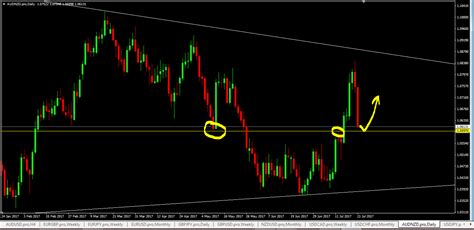Trade signals: Unlocking the power power of cryptocurrency
In recent years, the world of cryptocurrency trading has become more and more popular, many people and institutions who want to use the potential of this market in rapid evolution. However, browsing the complex landscape of cryptocurrency can be discouraging, especially for beginners. The key aspect that separates the successful traders from those who fail is the ability to effectively interpret trade signals.
In this article, we will deepen in the world of cryptocurrency trading signals, examining what they are, why it matters and how to use your power to success.
What are trade signals?
Trade signals are mathematical indicators or alerts generated by various software, algorithms or human analysts indicating when the cryptocurrency price is probably moved in a certain direction. These signals can be based on technical analysis (TA) of the market, such as mobile environments, relative resistance indicator (RSI) and other basic analysis values.
Why are trade signals important?

Trade signals provide valuable information for traders who want to provide their investments. By identifying the potential trading capabilities by signals, people can:
- Improving trade efficiency : Analysis of more time signals, traders can identify the most promising transactions and minimize losses.
2.
- Reduce the risk : predicting potential reversal or corrections, traders may reduce the risk of market variability.
Types of trade signals
There are several types of trade signals, including:
- Technical indicators : These signals that analyze market models and trends (for example, mobile multimedia, RSI).
- Basic analysis : signals based on basic values, such as news, events and economic indicators.
- Automatic learning models
: Algorithms conducted by AI analyzing large data sets to predict price movements.
How to interpret trade signals
Interpretation of trade signals effectively requires a combination of technical analysis, market knowledge and experience. Here are some key steps to follow:
1.
- Define input and output criteria : present clearly when you want to enter or go out in a signal -based trade.
- Monitor and customize : Still analyze the signal, adapting it to changing the market conditions.
- Connect signals with other indicators : Use many signals in combination to create a comprehensive trade plan.
Examples from the real world
To illustrate the power of trade signals, let’s look at two successful examples:
- This was largely established by creating a new commercial signal “The Beardish Gmppy”, which indicated when to sell.
- Rally Ethereum : In the extended market, the bear Ethereum met a spectacular rally in 2020, designated by an increase in demand for cryptocurrency. A well -made commercial strategy using basic analysis and technical indicators have helped traders use this possibility.
Application
Trade signals can be a valuable tool for cryptocurrency traders who want to transfer their investments. Understanding what trade signals are, why it matters and how to interpret them effectively, units can unlock the strength of this market in rapid evolution. Remember to maintain discipline, regularly monitor your transactions and adjust the strategy as the market conditions change.

